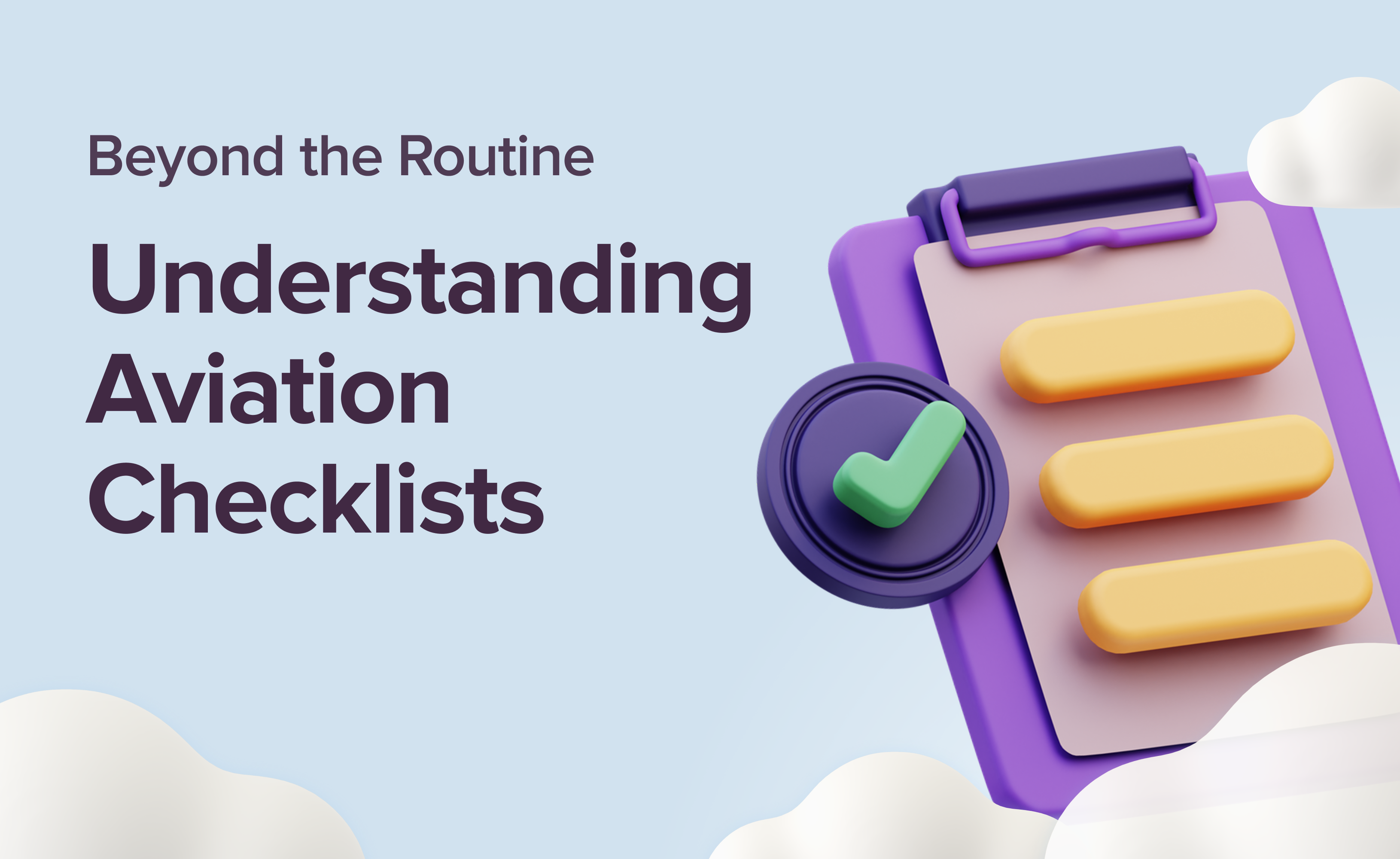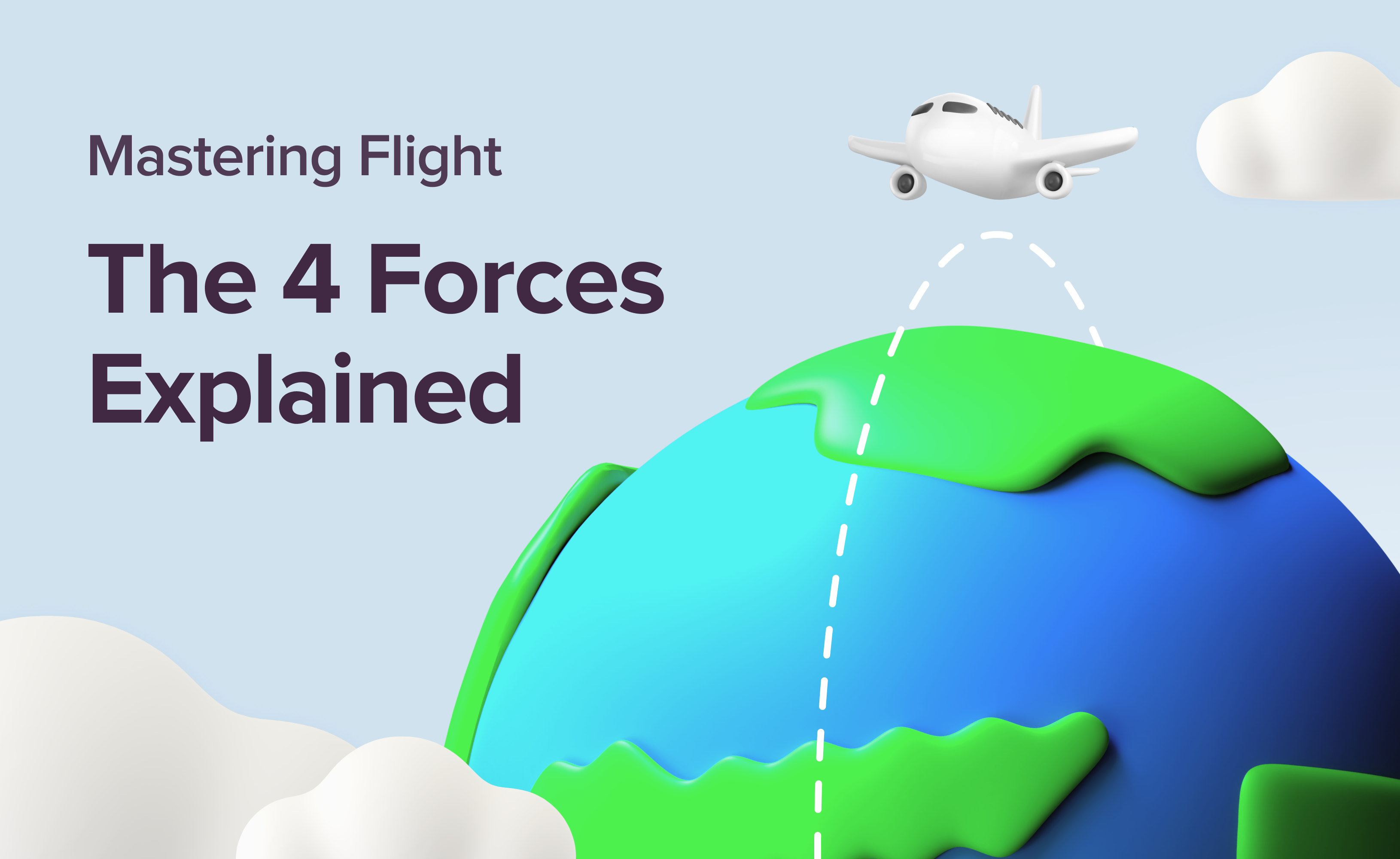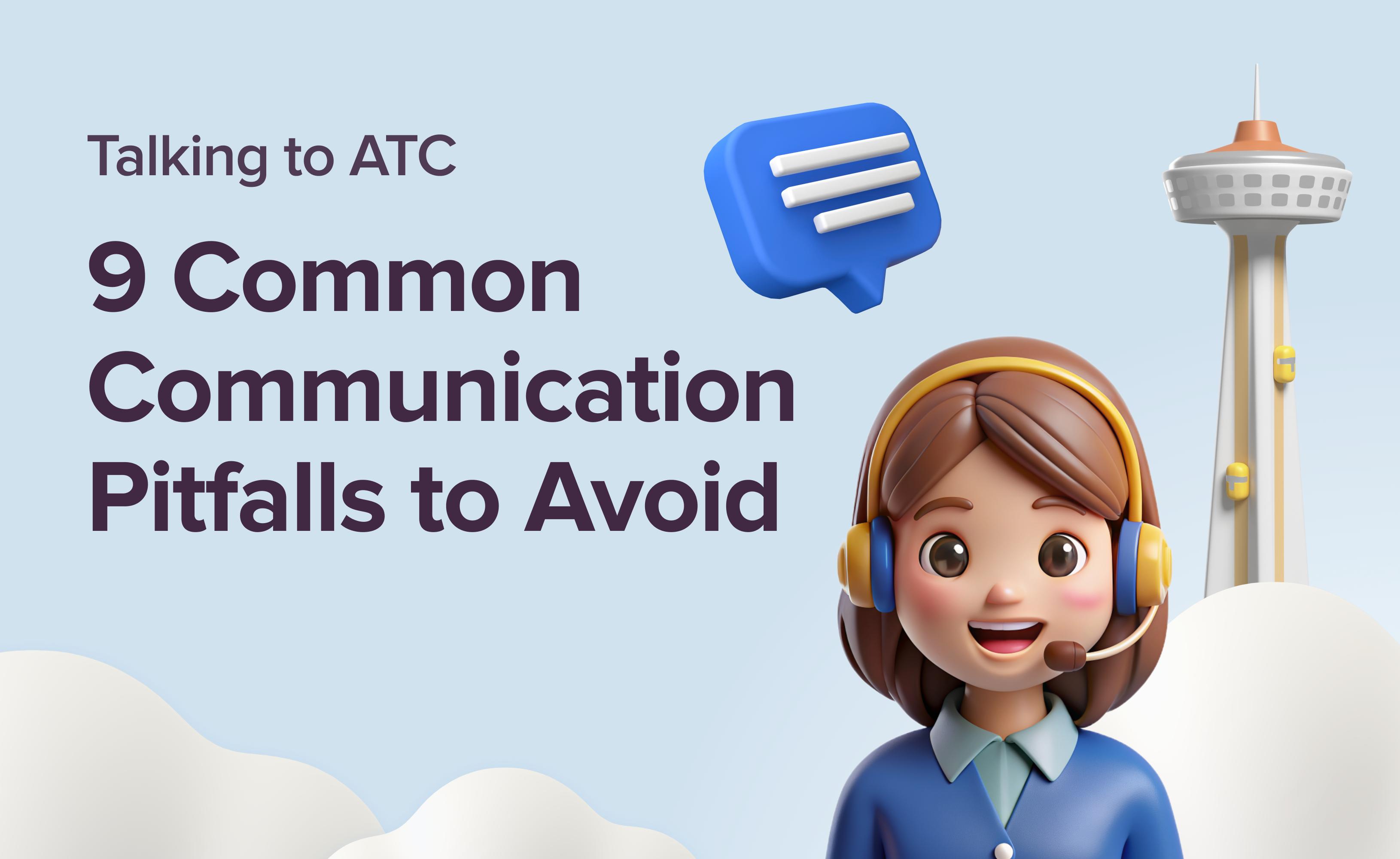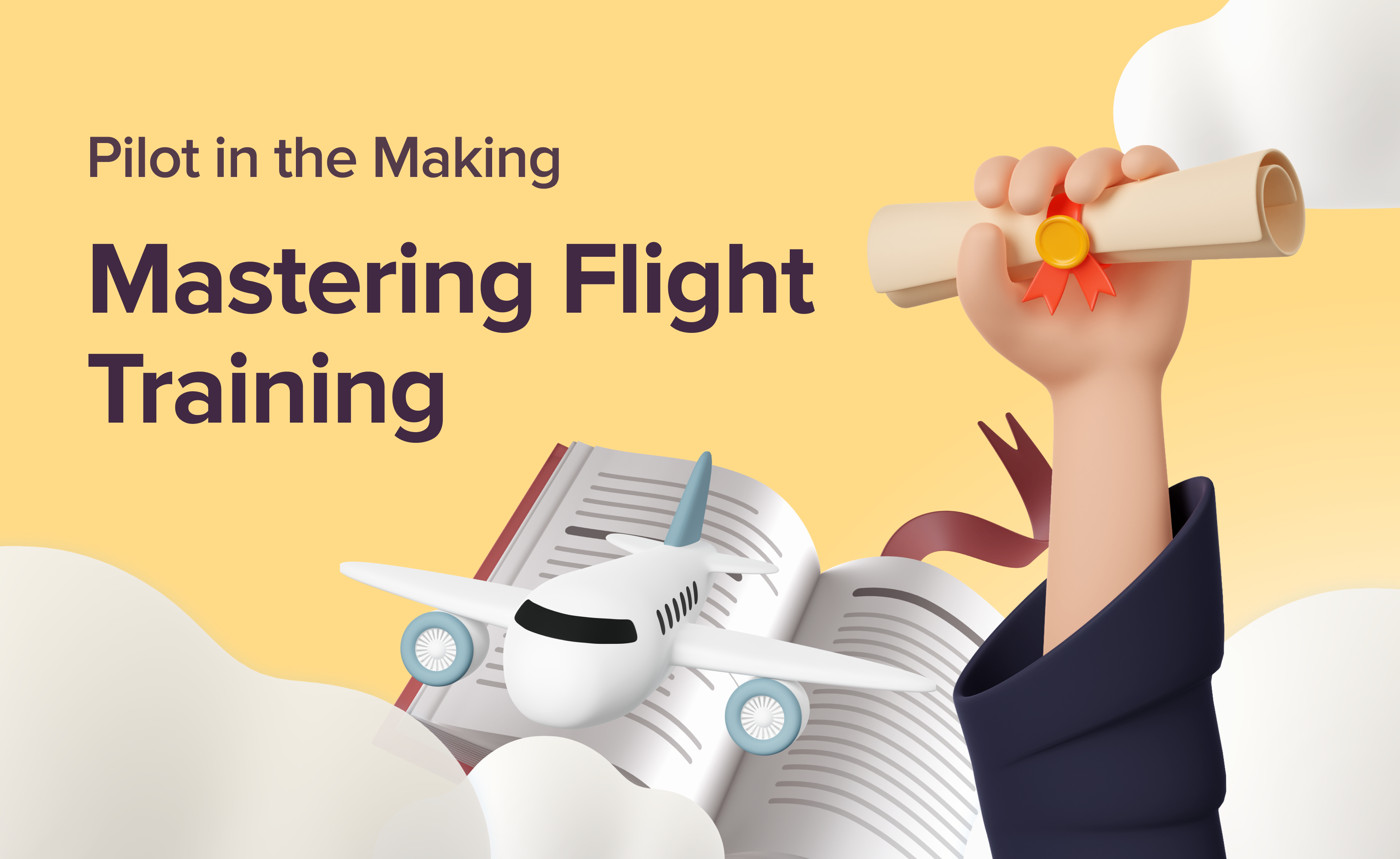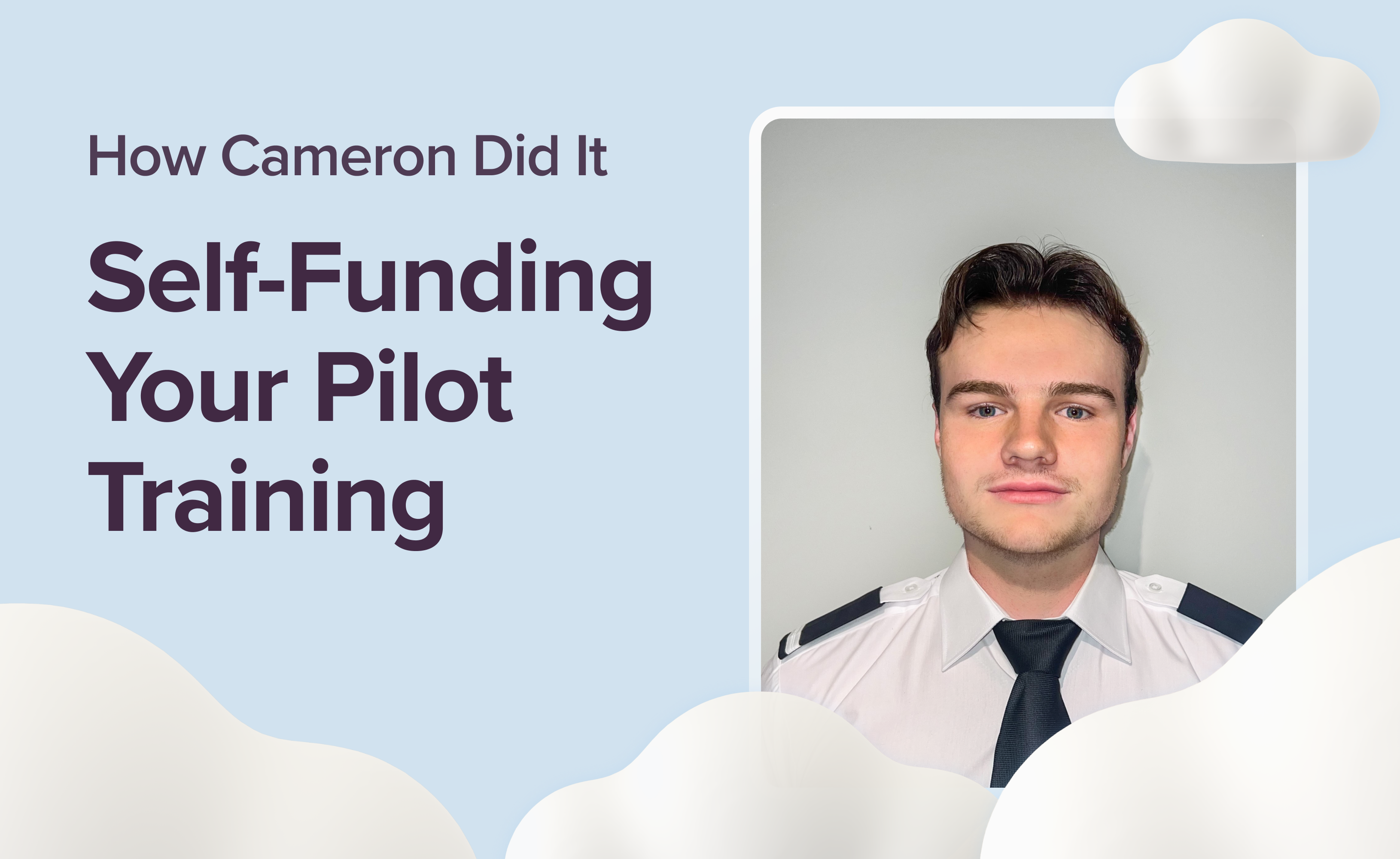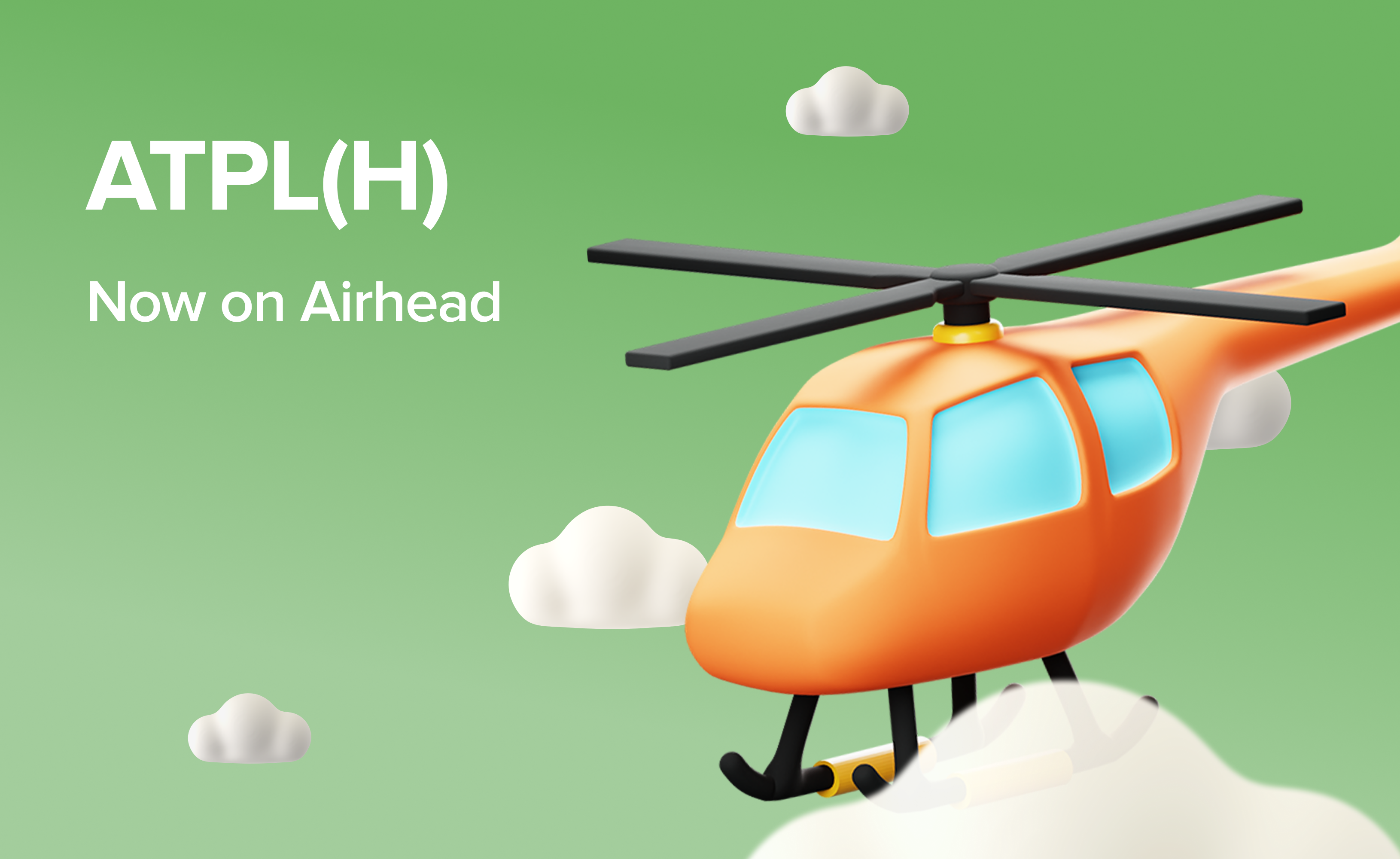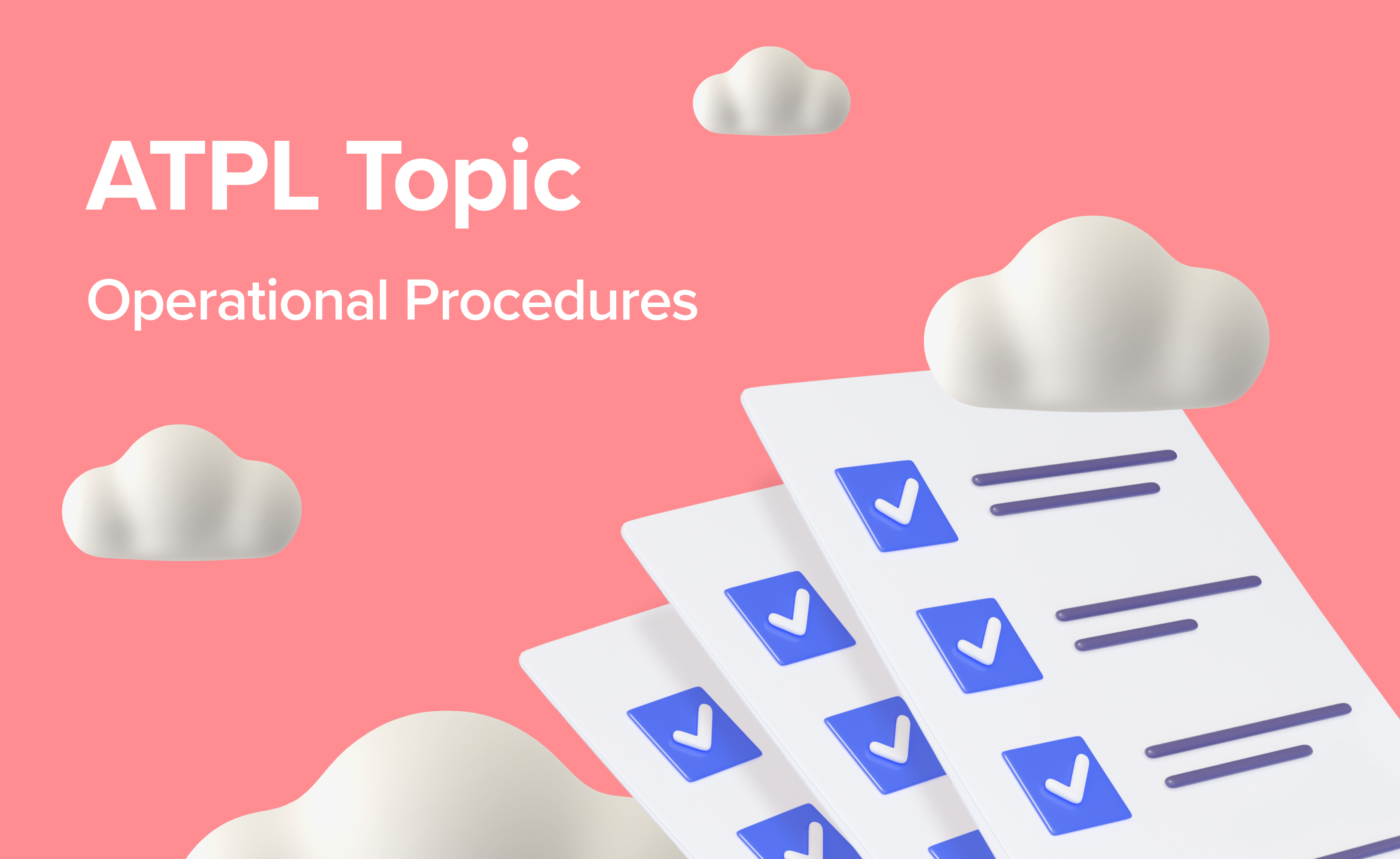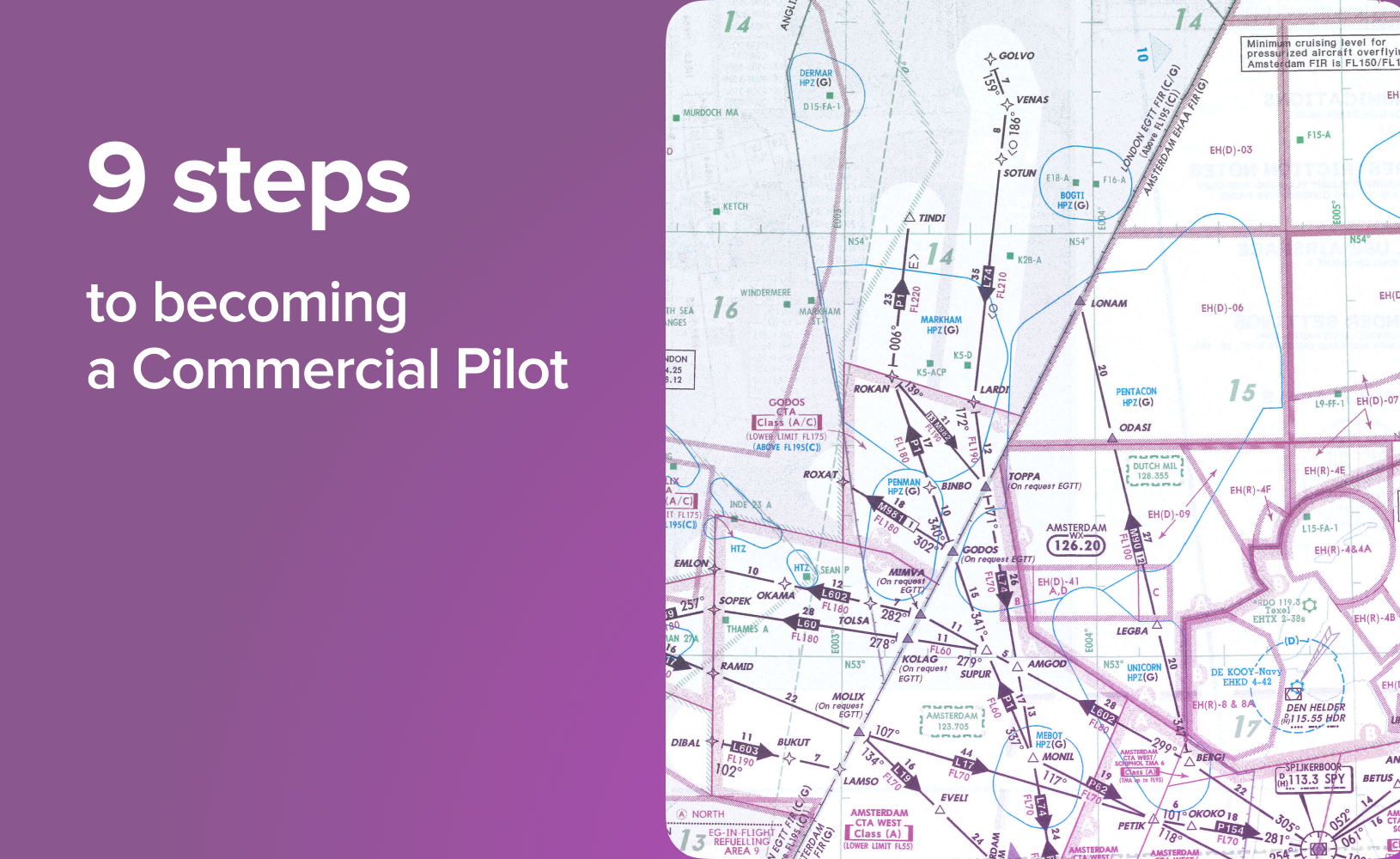Bumpy Ride: 4 Types of Turbulence Explained

Turbulence — it’s one of the few in-flight experiences that can rattle nerves and aircraft alike. And while commercial airline passengers may think of it as a bumpy ride, for general aviation pilots, turbulence remains a serious safety consideration. Turbulence-related incidents contribute to avoidable accidents, almost always due to improper pilot response.
In this article, we’ll break down the four primary types of turbulence, explain what causes them, and explore how you, as a pilot in command, can recognise, anticipate, and respond to each one. Let’s get into it.
Ready to ace your weather briefings? Weather Whiz: New Pilot's Guide to Forecasting is your go-to resource, complete with an 8-step weather briefing checklist. Dive into the blog and fly with confidence.
What Is Turbulence?
Turbulence is the irregular, often chaotic movement of air that disrupts the smooth flow around an aircraft. It’s caused by eddies, vertical currents, and shifting wind patterns. At its core, turbulence is simply a disturbance in airflow, leading to sudden shifts in altitude.
Think of it like hitting a pothole in the sky: it doesn’t mean your aircraft is in danger, but it does mean the surrounding air isn’t flowing smoothly.
From a physics perspective, turbulence is a natural result of how energy dissipates in a fast-moving fluid, in this case, air. It involves rapid, uneven changes in wind velocity, especially vertical currents, which create those familiar bumps during flight. The strength and scale of turbulence can be described using the Reynolds Number (Re), a concept from fluid dynamics that represents flow stability.
Navigate foggy conditions with confidence. Read our guide to the types of fog in our latest blog post, Fog Alert: 6 Types Every Pilot Should Know.
Primary Causes of Turbulence

Most forms of turbulence can be traced back to two main sources: convective and mechanical turbulence.
Convective Turbulence: This type is caused by vertical currents of rising and falling air, usually driven by heat. When the sun warms the Earth’s surface unevenly, pockets of warm air rise through cooler surrounding air — a process known as convection. These rising columns can create unstable air, especially during warm afternoons or over areas with strong surface heating like urban centres, runways, or dry fields.
Mechanical Turbulence: Mechanical turbulence is all about airflow disruption caused by surface obstructions, like buildings, hills, trees, or even hangars near the runway. As wind moves over or around these objects, it breaks up into irregular patterns, creating turbulence downwind of the obstruction.
Now, let’s look closer at the four key types of turbulence every pilot should know.
Clear Air Turbulence (CAT)
The Invisible Threat at Cruising Altitude

Clear Air Turbulence, or CAT, is one of the most elusive and unpredictable challenges in aviation. It refers to turbulence not associated with cumuliform clouds, including thunderstorms, and typically occurs at altitudes above 15,000 feet. While it’s often linked to clear skies, here’s a key fact: up to 75% of all CAT encounters occur in clear air, not cloud-free air, making visual detection nearly impossible.
CAT most typically strikes when you least expect it — during cruise flight — causing sudden jolts that can displace unsecured objects, shake passengers, and strain the aircraft.
General Characteristics of CAT:
Occurs in patches, not widespread layers
Tends to be elongated in the direction of the wind
Found above 15,000 feet, often near jet streams
Most frequent in winter, when jet streams are strongest
Associated with sharp changes in wind speed or direction, known as wind shear. Vertical shear (change with altitude). Horizontal shear (change across distance)
Common Triggers
Several common atmospheric conditions can trigger CAT turbulence. One key factor is the presence of jet streams, especially along the polar front where strong velocity gradients exist. Another significant trigger is the formation of mountain waves, as air flowing over high terrain can create turbulent layers on the leeward side. Furthermore, frontal zones, the boundaries between contrasting air masses, are often associated with horizontal shear, which can lead to turbulent conditions.
Do you know the difference between true altitude and pressure altitude? Find out the answer and learn about other types of altitude in our blog: Altitude Basics: 5 Types Of Altitude Explained.
Wake Turbulence
The Invisible Wake Left Behind

Wake turbulence is a byproduct of flight itself, generated by the very wings that keep an aircraft aloft. As air flows over and under the wings, it creates powerful wingtip vortices that spiral behind the aircraft. These spinning columns of air can persist long after the aircraft has passed, posing a serious hazard, especially during take-off, landing, and low-level flight.
Unlike weather-driven turbulence, wake turbulence is mechanically induced, and it's predictable in both cause and behaviour. It’s strongest behind heavy, slow-moving, clean-configured (gear up, flaps retracted) aircraft, like the Boeing 747 or Airbus A380. Its strength depends on aircraft weight, airspeed, and wing configuration (clean configuration increases strength).
Pilot Tip: Use proper separation distances behind heavy aircraft (as instructed by ATC). Stay above the flight path of the preceding aircraft on approach. When departing behind a heavy aircraft, rotate before its rotation point, and climb above its path. Avoid flying below or behind a large aircraft’s glide path — wake sinks and drifts with the wind.
Sharpen your judgment in the cockpit. Decision-Making: 8 Key Scenarios for Pilots explores critical situations and provides valuable insights to help you make sound choices under pressure.
Mechanical Turbulence
When the Ground Shapes the Sky

Mechanical turbulence is the result of airflow interacting with surface obstacles, such as mountains, trees, buildings, or rugged terrain. As wind passes over or around these irregularities, it breaks into swirling eddies and chaotic currents that can persist for miles, well beyond the point of origin.
This type of turbulence is most commonly experienced at lower altitudes, especially during approach, take-off, or landing, when precise control is critical. Mechanical turbulence becomes more significant when surface winds exceed 20 knots. Strong winds are often gusty—sudden bursts of increased speed (known as squalls) can produce sharp jolts and intense chop.
Mechanical turbulence becomes especially hazardous when terrain is involved, most notably in the form of mountain waves. These powerful disturbances occur downwind from mountain ridges and are among the most severe types of turbulence pilots may face.
Several conditions favour the development of mountain waves: winds of at least 25 knots blowing nearly perpendicular to the ridge, stable air at and above the mountain's peak, increasing wind speed with altitude, and minimal change in wind direction with height.
These mountain waves can extend far downstream, 100 miles or more, and reach significant altitudes, even above the tropopause. The effects on aircraft can be dramatic, with updrafts and downdrafts exceeding 5,000 feet per minute, severe turbulence near rotor clouds (especially leeward), and hazardous downdrafts extending to the surface, making downwind final approaches particularly risky.
Consistently achieve smooth landings and master flap adjustments with our in-depth guide, Flaps, Lift & Drag: The Secret to Smooth Landings.
Thermal (Convective) Turbulence
When the Heat Rises

Thermal or convective turbulence is a natural byproduct of the Earth being heated unevenly by the sun. As the surface warms, especially over terrain like asphalt, rocks, fields, or desert, pockets of warm air begin to rise in columns. These rising air currents are called thermals, and as they ascend, cooler air sinks around them to take their place. When the air is unstable, rising warm air continues to climb rapidly, intensifying the bumps.
This vertical mixing creates bumpy conditions, especially on sunny days, late mornings or afternoons, and over land areas with strong solar heating. Flying under cumulus clouds, especially on warm afternoons, can be noticeably turbulent.
Thermal turbulence is usually light to moderate, but it can catch pilots off guard, particularly in small aircraft. You may experience uneven lift, leading to minor changes in altitude or bank angle. Expect random jolts and bumps, especially at lower altitudes during climb-out or final approach.
Pilot Tips: When possible, fly early in the morning or later in the evening when the ground is cooler and thermals are less active. Watch for dust devils or the tops of growing cumulus clouds — a sure sign of convective activity. If flying cross-country, expect rougher rides over dry farmland, rocky areas, and urban environments.
From immersive flight simulators to real-time weather insights, these tools are indispensable for aspiring pilots. Discover 14 essential apps designed to elevate your learning experience.
The Effects of Turbulence
What’s Happening in the Air

For newly trained pilots, turbulence is often the first taste of how unpredictable the skies tend to be. These disturbances can make the aircraft pitch (nose up/down), roll (tilt side to side), or yaw (swerve left or right). Sometimes all at once. It can feel chaotic, but what’s happening is just the aircraft responding to rapidly changing air currents.
Not all aircraft are affected equally. Smaller, lighter planes tend to react more noticeably to turbulence, as it takes less force to change their attitude. In contrast, larger commercial aircraft are more stable due to their mass and aerodynamic design, which dampens those movements.
Loose objects, unsecured cargo, or unbelted passengers can be tossed around during turbulence, resulting in injuries. And although aircraft are built to endure turbulence, pilots will often reduce speed to below the manoeuvring speed (Va). This precaution helps prevent structural strain caused by unexpected gusts.
Gain a deeper understanding of how aeroplanes turn, pitch, and roll. Learn about the 3 Axes of Rotation in our latest blog.
How to Report Turbulence

Turbulence is a critical in-flight condition that needs to be communicated clearly. Pilots are encouraged to report turbulence to Air Traffic Control (ATC) and Flight Service Stations via PIREPs (Pilot Reports). These real-time observations are vital to aviation safety, helping fellow aviators anticipate conditions and make informed decisions.
When reporting turbulence, its intensity is generally classified as light, moderate, or severe. This classification is based on two key factors: the nature of the initiating force and the stability of the atmosphere. The following outlines how turbulence intensity is classified in reports.
Light Turbulence Slight, erratic changes in altitude or attitude. Minimal strain against seat belts. Loose items remain mostly in place. Feels like a gentle shudder—unsettling but not dangerous.
Moderate Turbulence Greater intensity with noticeable jolts. Aircraft remains under control, but passengers feel definite pressure against restraints. Walking becomes difficult, and unsecured items shift.
Severe Turbulence Large, abrupt changes in altitude and airspeed. Momentary loss of control may occur. Passengers are thrown violently against seat belts, and loose items can become airborne. This is when reporting becomes essential.
Clear, concise turbulence reporting makes the skies safer for everyone. If in doubt, report what you feel. Your experience might help the next pilot avoid a rough ride.
Master the art of crosswind landings with our comprehensive guide. Read more and become a more confident pilot: Taming the Wind: Crosswind Landings Explained.
Turbulence Intensity Chart
Category | Aircraft Speed Fluctuations (m/s) | Gusts (m/s) | Impacts on Passengers |
Light | 2.6 – 8 | 1.5 – 6 | Passengers may be required to use seatbelts, but loose objects within the aircraft remain at rest. |
Moderate | 8 – 13 | 6 – 11 | Passengers require seatbelts and are occasionally thrown against them. Loose objects move about. Frequent rolling of aircraft occurs, and it is hard to walk about in the aircraft. |
Severe | >13 | 11 – 30 | The aircraft may lose control momentarily, and it is difficult to maintain flight altitude. Passengers are thrown violently in their seats, and loose objects are tossed about. |
Source: UK Met Office Handbook of Aviation Meteorology
How to Avoid Turbulence
Practical Tips for Smoother Skies

The best way to avoid turbulence is to understand how—and where—it forms. Here are key recommendations to help you fly smarter and smoother:
1. Check PIREPs and Weather Briefings
Pilot Reports (PIREPs) are a goldmine of real-time insight from others already in the air. Review PIREPs, METARs, and TAFs for turbulence reports, thunderstorms, and wind shear advisories. Use aviation weather apps or briefing services before each flight to stay informed.
2. Be Cautious Around Mountains
Mechanical and mountain wave turbulence can be fierce near ridges and valleys, especially in strong winds. If you're unfamiliar with mountain flying, seek guidance from a qualified instructor before venturing out. Avoid flying directly over or on the lee side of mountain ranges, where the most intense turbulence and downdrafts often form.
3. Watch for Ground Obstacles
Obstructions like hangars, trees, and buildings can cause serious mechanical turbulence, especially during strong surface winds. Be aware of how obstacles disturb airflow. A row of tall trees, natural ridges, or large structures can create swirling eddies just above the ground, particularly during takeoff or landing.
4. Avoid Wake Turbulence on Take-off and Landing
Wake turbulence from heavy jets can linger in the air long after they've departed. Note where the preceding aircraft lifted off. Take off before that point, or sidestep upwind to stay clear of its wake.
Landing behind a heavy aircraft? Identify its touchdown point and aim to land beyond it. Stay upwind of the flight path whenever possible.

Airhead's Takeaway
Turbulence is a normal part of flying, and while it can be a bit unnerving, it’s rarely dangerous. The key lies in understanding what causes it and how to respond. So next time you're in the air and feel a few bumps, remember: you're not in danger—you're just experiencing the sky doing what it does best. Buckle up, stay calm, and enjoy the ride. The sky's still the safest place to be.

